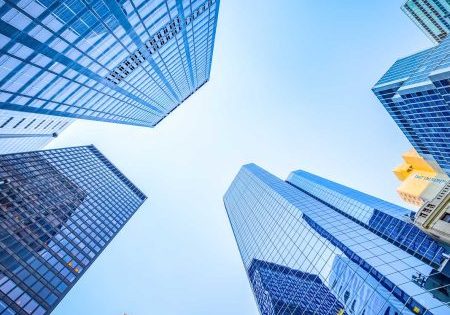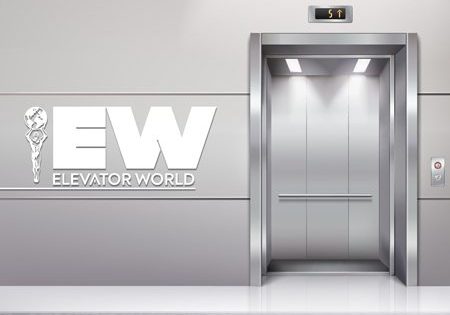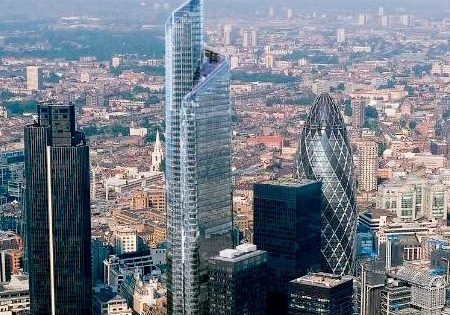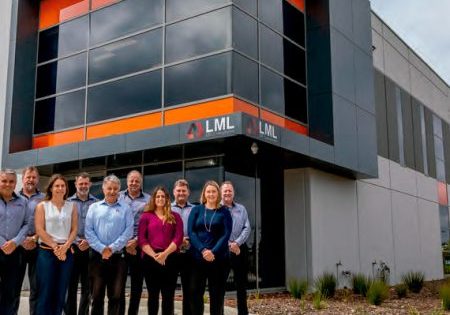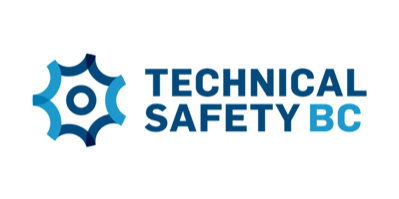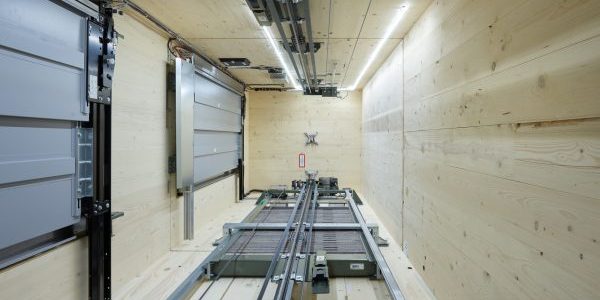Consultants’ Perspective
Operating & Growing an Independent Company in a Consolidating Market
by John Mezzo This paper was presented at the 2024 International Elevator & Escalator Symposium in Paradise Island, Bahamas. Abstract Dynasty Elevator is an independently-owned and -operated company based in...
California Proposed Elevator Code Changes
Your author states that, if adopted, there will be far-reaching consequences. by Richard Blaska The state of California boasts the fourth-largest economy in the world, with a population of nearly...
Model Lifts
A look at their fraught beginning and evolution into acceptance I found a recent LinkedIn post relating to the engineering and suspension rope provisions applied to a 1976 Otis LM893...
Troubleshooting Unusual Fault Conditions
Best approach sometimes takes more than simply identifying and resolving the problem. Years ago, when I was actively involved in troubleshooting — that is, in the remedy of unusual fault...
The Significance of Project Management
Breaking down an important role Project management is a fascinating concept that brings both cheers and challenges. Each manager needs to be treated or designated as the CEO of a...
Dressing Up the Modern Elevator
A conversation with interior designer Sapana Jain, founder, I Heart Homez, elucidates COVID-19’s impact on décor trends of residential premises and elevator interiors. Sapana Jain COVID-19 has transformed almost every...
Impacts of Flooding on Elevators
It is common to find water in elevator pits. A continuous influx of water is possible, especially to pit bottoms that start below ground level. Also, external factors, such as...
A Vision Evolves
Designing a VT strategy for one of the tallest buildings in the City of London This article was first presented at the 10th Symposium on Lift & Escalator Technologies, www.liftsymposium.org....
Returning After Crisis
Richie Lobert (RL), director, LML Lift Consultants, shares workplace-reentry strategies in the COVID-19 era with your author (SSP). by Sheetal Shelar Patil SSP: Which workplace-reentry strategies are recommended by LML?...
The Importance of Call-Backs
The industry expectation of maintenance records and why they matter by John W. Koshak In the North American elevator industry, maintenance records are required by the ASME A17.1/CSA B44 Safety...
